The Lufthansa Heist
The Lufthansa Heist
Behind the Six-Million-Dollar Cash Haul That Shook the World
Henry Hill and Daniel Simone
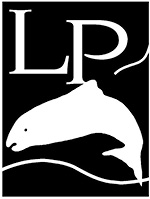
Guilford, Connecticut
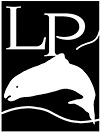
An imprint of Rowman & Littlefield
Distributed by NATIONAL BOOK NETWORK
Copyright 2015 by Daniel Simone
All rights reserved . No part of this book may be reproduced in any form or by any electronic or mechanical means, including information storage and retrieval systems, without written permission from the publisher, except by a reviewer who may quote passages in a review.
British Library Cataloguing in Publication Information Available
Library of Congress Cataloging-in-Publication Data
Hill, Henry, 19432012.
The Lufthansa heist : behind the six-million-dollar cash haul that shook the world / Henry Hill and Daniel Simone.
pages cm
Includes bibliographical references and index.
ISBN 978-1-4930-0849-0 (hardcopy : alk. paper) ISBN 978-1-4930-1896-3 (ebook) 1. RobberyNew York (State)New YorkCase studies. 2. Organized crimeNew York (State)New YorkCase studies. 3. Deutsche Lufthansa (1953 ) I. Simone, Daniel. II. Title.
HV6661.N721978 .H55 2015
364.16'209747243dc23
2015012908
 The paper used in this publication meets the minimum requirements of American National Standard for Information SciencesPermanence of Paper for Printed Library Materials, ANSI/NISO Z39.48-1992.
The paper used in this publication meets the minimum requirements of American National Standard for Information SciencesPermanence of Paper for Printed Library Materials, ANSI/NISO Z39.48-1992.
This is dedicated to my soul mate BJ
and to my dearest son.
I reserve deep thoughts for the late Henry Hill, without whom this story would be lifeless and colorless.
Contents
I had this theory about reportage, Truman Capote told Newsweek . Ive always felt that if you brought the art of the novelist together with the technique of journalismfiction with the added knowledge that it was trueit would have the most depth and impact.
Truman Capote (19241984)
Authors Note
The principal events and facts contained in this story are true. Its narrative is founded on extensive research, interviews, and informed judgment. In many segments, scenes and dialogues have been re-created with literary technique combined or imagined to plausibly reflect the documentary record. The names and identities of some of the characters are fictitious, though these changes do not in any way compromise the integrity and accurate portrayal of the event.
Foreword
When I began reading Daniel Simones manuscript, it instantly reeled me back thirty-seven years, the time that has passed since the Lufthansa robbery. An extraordinary event that deviated the course of my life. I still think about it almost every day. The investigation was one of the most fast-paced Id ever conducted, and its course shifted wildly day-to-day. Certain aspects of it, for sure I mightve done differently, but in the end justice was served.
As it is vividly portrayed in this book, the times were different time: The era of glory of Omerta Rules, the days when gangsters were mob stars, and the period when Jimmy the Gent Burke was at the top of his game. It was the perfect storm for the Gent. A group of low-level criminals, who were mostly illiterates, as Daniel accurately and in a comedic way dramatizes, somehow pulled off an enormous score, and there were no witnesses but the participants. All the victims at the airport were mute, because of either ignorance or fear. And Burke had his own method of silencing people, a point keenly illustrated in this tome. He was responsible for over thirteen murders. While we, the FBI, chased down the witnesses, he murdered them. Though all the accomplices saw nothing but riches in their futures, they all looked back and rued their involvement in this caper, losing their lives as a result of it.
A case of this magnitude needs witnesses or evidence. With these two essentials missing, we relied on techniques that were still in their infancies, electronic surveillance, wire taps, and electronic bugs. Unfortunately, neither was sufficiently sophisticated to be foolproof. Burkes home was occupied 24/7 and guarded by his criminal associates. The only bug we could install was in a 1979 Thunderbird, owned by Angelo Sepe. Knowingly or not, he neutralized the bug by playing his radio at the highest volume. We encountered many difficulties with these crude devices, simplistic equipment wrought with problems. If we had some of the once imaginary techniques you see today used on CSI, the Lufthansa investigation mightve ended with a resolution.
But in May of 1979, the odds reversed. Henry Hill, one of the mobs most trusted servants, opted to cooperate with the FBI. And through our efforts and Hills testimony, Burke and fifteen top ranked mob figures found new homes in federal prisons.
Moreover, Hill provided the goods to convict Burke for the homicide of conman Richard Eaton. This combined with the Boston College basketball fix sent Burke to prison for the rest of his life. The Gent, above all, suffered the most because of this robbery.
And as I look back, having been the lead investigator, Id love for another chance but with the assistance of todays technology; sometimes, though, there are no second chances. Life goes on. However, Daniel Simone has deftly immortalized the 1978 Lufthansa robbery, the largest unrecovered cash theft in history.
Steve Carbone, Supervisor FBI Special Agent, retired
Acknowledgments
If I were to assemble everyone who contributed to this project and you know who you areId be compelled to rent Madison Square Garden, and my publisher mightve had to add another hundred pages to this book. And I thank immensely all of you.
I wish to mention my appreciation to my agents, Marianne Mimi Strong and Colin Campbell, for their devotion and unshakeable beliefs in this tome, and the relentless pursuit they embarked on to see it published.
Most deserving of special thanks are US Attorney Emeritus Ed McDonald, former FBI Special Agents Steve Carbone and Ed Guevara, and retired Port Authority Captain Henry Degeneste. They readily availed themselves to me and endured my bothersome inquiries. These gentlemen filled the gaps and lapses that otherwise mightve remained as gaping holes in the storyline.
I thank Jon Sternfeld, who spent endless hours tolerating my writing peculiarities throughout his editing of the manuscript, and whose keenness as an editor is superb.
I assign a great deal of credit to Keith Wallman and his supporting staff at Rowman & Littlefield. Their charge of enthusiasm during the development of this endeavor was encouraging.
Last but not least, I take this opportunity to express my gratitude to Henry Hills common-law wife, Lisa Caserta, for supplying me with indispensable photographs and documentation pertaining to this book.
And for all the gratuitous labors of everyone named herein, any mistakes or inconsistencies you may find are solely my fault.
Kennedy Airport was the solution to all our problems. Money, I got it at Kennedy Airport. If the wife found out about the mistress, and a fur coat might keep her calm, I got it at Kennedy Airport. If our girlfriends were gettin impatient about wanting a color TV, we went to Kennedy. When the cigarette supply dried up, wed go to Kennedy and rob a truckload of cartons. The airport was our private bank, and when it all came crashing down, my wardrobe turned from a walk-in closet of silk suits to a cardboard box of cheap jeans and two-dollar T-shirts.
Next page
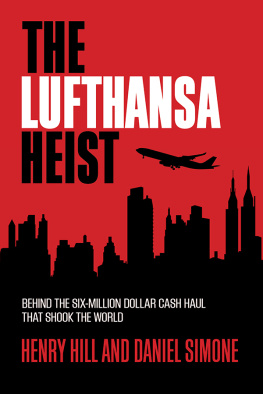
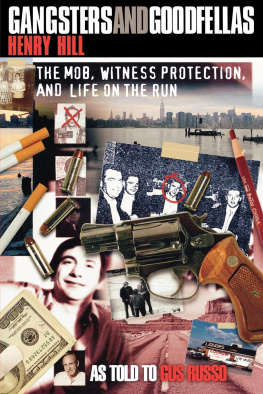


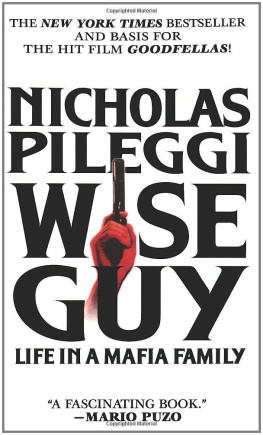

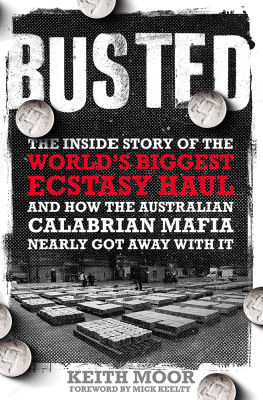
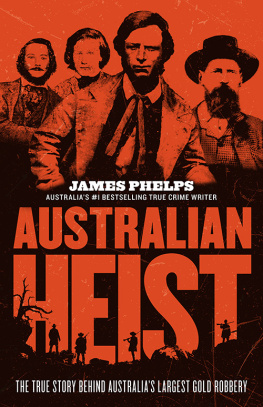
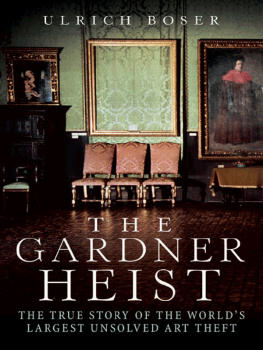
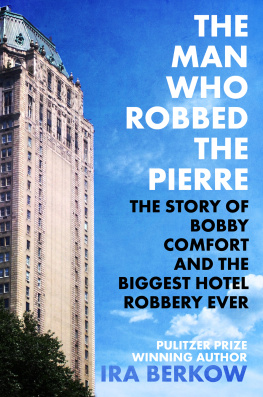
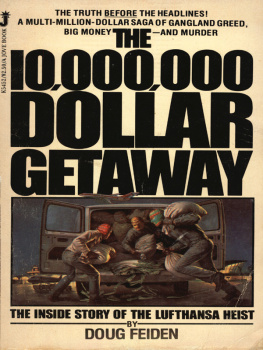
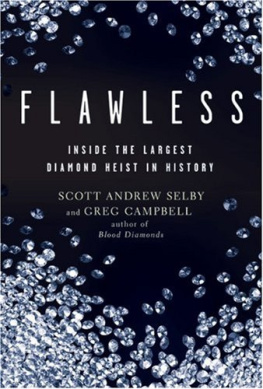


 The paper used in this publication meets the minimum requirements of American National Standard for Information SciencesPermanence of Paper for Printed Library Materials, ANSI/NISO Z39.48-1992.
The paper used in this publication meets the minimum requirements of American National Standard for Information SciencesPermanence of Paper for Printed Library Materials, ANSI/NISO Z39.48-1992.